Hard and Soft System Methodology
| ✅ Paper Type: Free Essay | ✅ Subject: Management |
| ✅ Wordcount: 1453 words | ✅ Published: 07 Sep 2017 |
Introduction
There are two systems thinking namely hard and soft which are used to solve the problems. Peter Checkland (1981) suggested that Hard system thinking which is identified in system engineering and system analysis has the starting point in structured problems and assumes that the objectives of the system are clear and stable. This system thinking has a formulated way to solve the real world problems. On the other hand, Soft system thinking which attempts to structure a debate about actions in problem solving has the start point in ‘unstructured’ problems within social activity systems.

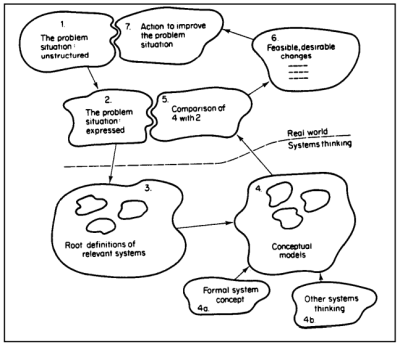
Fixitup Toys limited is a manufacturer of toys which produces outdoor and indoor games, self-assembly models and toy soldiers. There has been some concern about their rising cost of manufacture and consideration has been given to the outsourcing of some or part of the production. The vision of the Fixitup senior management team is to optimize manufacture processing to produce the highest quality and most advanced products by using E-business conforming to the lean manufacturing principles and integrating into their established QAD Application.
In order to achieve these goals, we need to apply the principles of lean manufacturing. There are several key lean manufacturing principles including:
- Understand value in the eyes of the customer.
- Achieve perfect first-time quality.
- Continue improvement.
- Respect for humanity.
- Create pull. (Asefeso, 2011)
After Gathering information from all aspects of the company the following steps will be taken:





















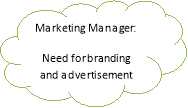
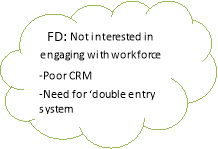
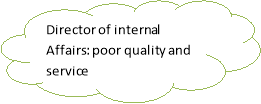








































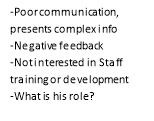








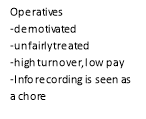

As can be seen, the Rich Picture is an unstructured way of capturing information flows, communication and human activity to represent complex problems and identify possible routes through to their solution (Berg, 2013). Avison and Fitzgerald (2003) stated that the Rich Picture is helpful since:
“1. Lack of space on the paper forces decisions on what is really important.
2. It helps people to visualize and discuss their own role in the organization.
3. It helps defining the aspects of the organization which are intended to be covered by the information system.
4. It helps showing up the worries of individuals, potential conflicts, and political issues.” (Avison & Fitzgerald, 2003)
With reference to the Rich Picture, there are following problems in Fixitup.
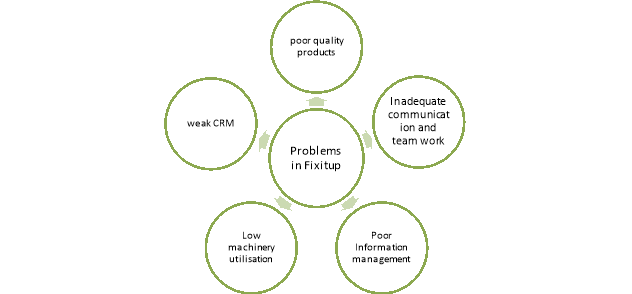
Since about 74% of customers saw the service and quality as moderate or worse, the issue of quality of products must be considered. Further, a powerful information system helps different level managements for planning, decision making, target setting and their implementations (Stephanou, 1982).Therefore, quality control system and information management system are important and they will be discussed.
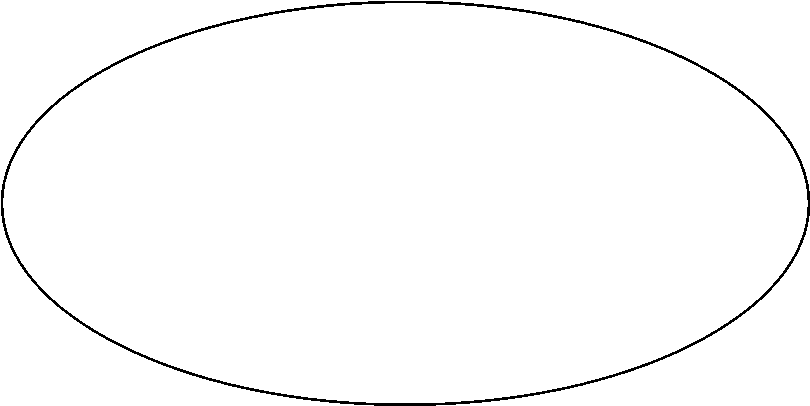








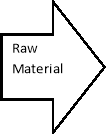
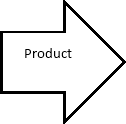














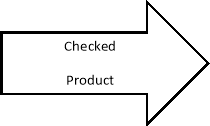












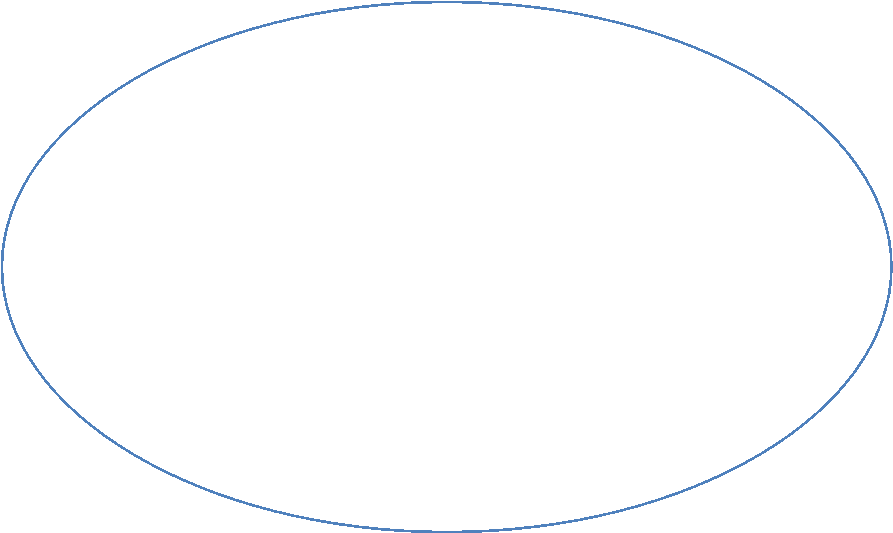









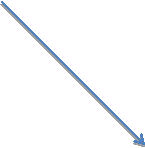
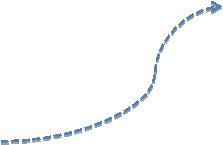
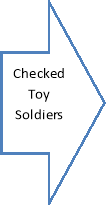





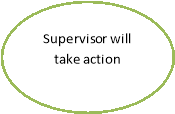

















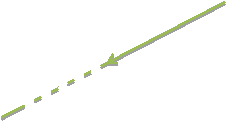


 Resource Resource & Investment Requirement:
Resource Resource & Investment Requirement:







Comments: VOC was not heard because there was no effective communication between the company and its customers.
 Remarks: By establishing a design department and integrating this department with the marketing department the customer feedback can be incorporated into the design.
Remarks: By establishing a design department and integrating this department with the marketing department the customer feedback can be incorporated into the design.

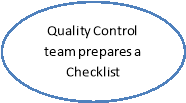








Comments: Lack of checklists caused the absence of the systematic process of QC hence, the chances of defects being ignored is considerably high.
Actions: The design department and the quality team will be integrated to prepare checklists according to the quality required.
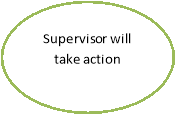






Comments: Since there was no analysis of the defective products, the defects were being ignored therefore they were persistent.
Actions: Train a quality control team who will be responsible for doing analysis, recording data and providing feedback.





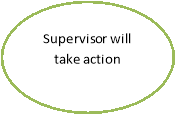






Comments: There was no coherence between the departments to respond to the quality issues.
Actions: Develop communication channels between the supervisors and the technical, procurement and design departments in order to create coherence towards quality improvement.





Comments: There was no system for controlling and monitoring the Quality Control Process.
Actions: Train the factory manager on the QC process and how he should intervene in terms of analysing quality data and controlling the system. He will seek technical advice from technical, procurement and design department for a better monitoring of the system.

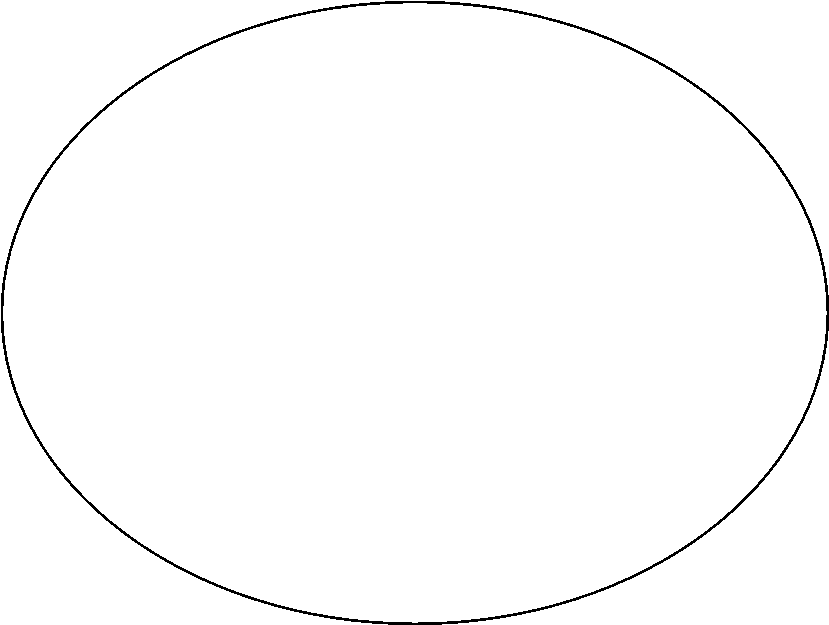

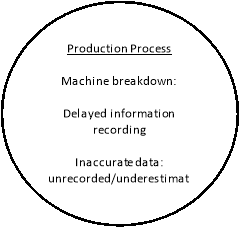

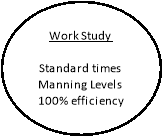




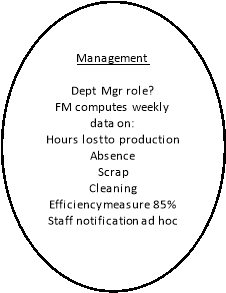
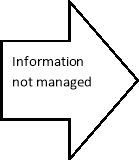

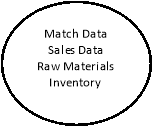
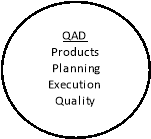

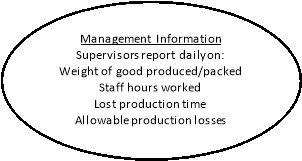



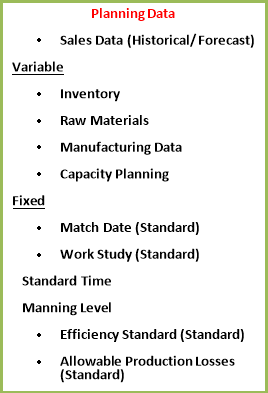

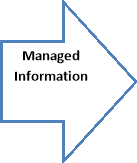
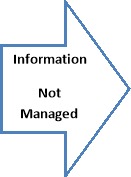
























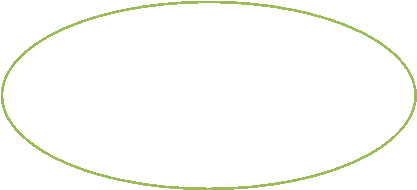





Comments: Monitoring and evaluation of the information system are missing.
Actions: Helen who is responsible for Internal Affairs and George can be trained for the information system and perform monitoring the system.
Conclusion
There are different problems in Fixitup which resulted in dissatisfaction of the customers. Due to having permanently relevance and also being expected to map on to an organizational boundary, the transformation from inefficient manufacturing to efficient manufacturing which has marketable products is assumed as the primary task process (Wilson and Van Haperen, 2015). Although discrimination between primary task- based and issue-based is often debatable, it seems quality control and information management systems are issue-based which help the primary task to be carried out (Waring, 1996).
The current strategy of Fixitup is to optimize manufacture processing to produce the highest quality and most advanced products by using E-business conforming to the lean manufacturing principles and integrating into their established QAD Application. After drawing the rich picture the main problems of the organization were revealed. The strategic construct which was used was ‘classification schemes’ of issues which helped to identify the differentiating characteristics necessary to improve quality control and information management systems (Verma and Boyer, 2000). Further, the system construct used for quality control was input and output; modelling of such system involves modelling of each process separately considering the connection between them (Apolloni, Howlett and Jain, 2007). In addition, the system construct used for information management system was integrated elements; in which different elements including communication, information and resources were integrated for the success of the system (Khan and Burn, 2013).
Otley and Berry (1980) argued that four conditions must be satisfied before any process can be said to be controlled. 
In the existing situation there was no one responsible for monitoring the systems and consequently, there was no capacity to take corrective actions (Emmanuel, Otley and Merchant, 2013).However, in the proposed systems, George and Helen were nominated to monitor the systems. To sum up, the details of the two systems will be discussed in the following tables.
|
System name and type |
Quality Control Process; The input and output system construct. |
|
Role of information |
Due to lack of information about the requirements of customers and standard criteria set by the management, the products were just inspected for the appearance by the operators. Therefore, the application of information which was vital to improve the quality of products was missing and consequently the reputation of the factory was being worsening. |
|
Information needed to develop |
In order to use the information to improve the quality of products we need to know:
|
|
Intervention |
In order to solve the problem of quality of products the following actions are suggested:
|
|
Risks |
Even after the intervention, the following risk associated with quality of products exist:
|
|
Cost Benefit Analysis |
In order to assign a monetary value to the benefits, we need more information to predict the revenue accurately as well as intangible benefits (Mindtools.com, 2016). Having good quality products will result in increasing the loyalty of existing customers and acquisition of new customers and consequently, it will increase the revenue. In contrast, the firm may incur some costs to apply the changes. In this case, we do not have enough information about the existing departments and the expertise of employees. Assuming that none of the employees Cite This WorkTo export a reference to this article please select a referencing stye below:
Reference Copied to Clipboard.
Reference Copied to Clipboard.
Reference Copied to Clipboard.
Reference Copied to Clipboard.
Reference Copied to Clipboard.
Reference Copied to Clipboard.
Reference Copied to Clipboard.
Related ServicesView allDMCA / Removal RequestIf you are the original writer of this essay and no longer wish to have your work published on UKEssays.com then please click the following link to email our support team: Request essay removalRelated Services Our academic writing and marking services can help you! Related Lectures Study for free with our range of university lecture notes! 
Freelance Writing Jobs Looking for a flexible role? Study Resources Free resources to assist you with your university studies! |


